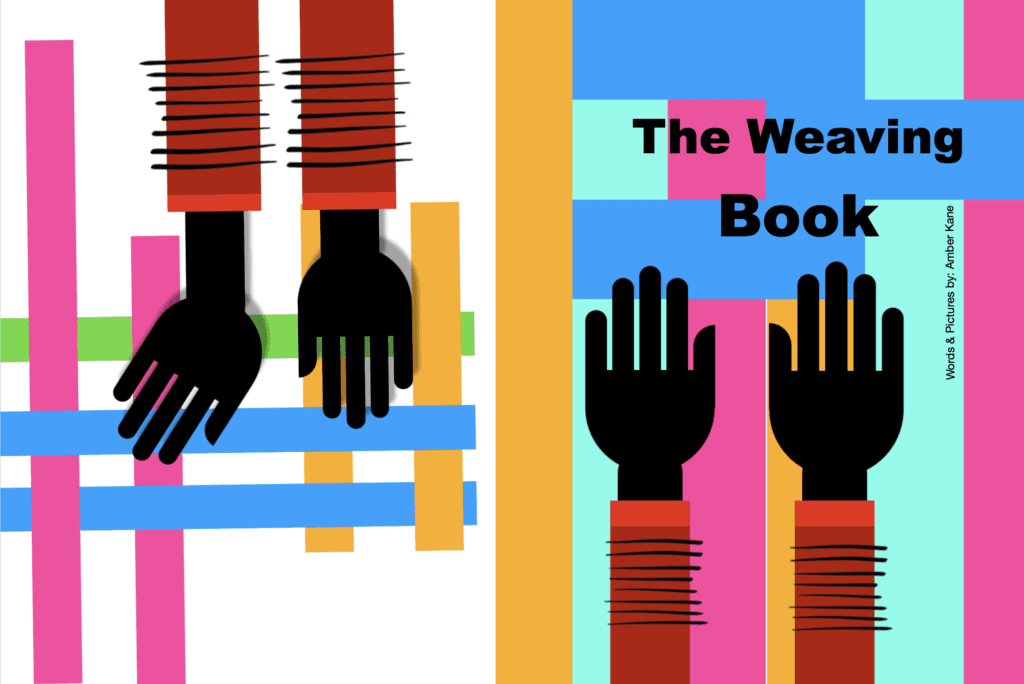The Weaving Book

Do you LOVE fiber arts, textiles, and making things?
My grandmother was the first to introduce me to the wonderful world of textiles. She was an avid knitter and spent a lot of time adding detailed embroidery to pillowcases and table clothes. These practices caught my attention early and continued to grow as I entered college and took my first weaving class.
I’ll be honest, my first attempt at weaving on a floor loom was nothing short of a disaster, as warp threads were tangled and the tension wasn’t even close to correct. But, I’m not one to give up and didn’t want to fail the class, so I preserved, and a few years later started designing and selling one-of-a-kind scarves.
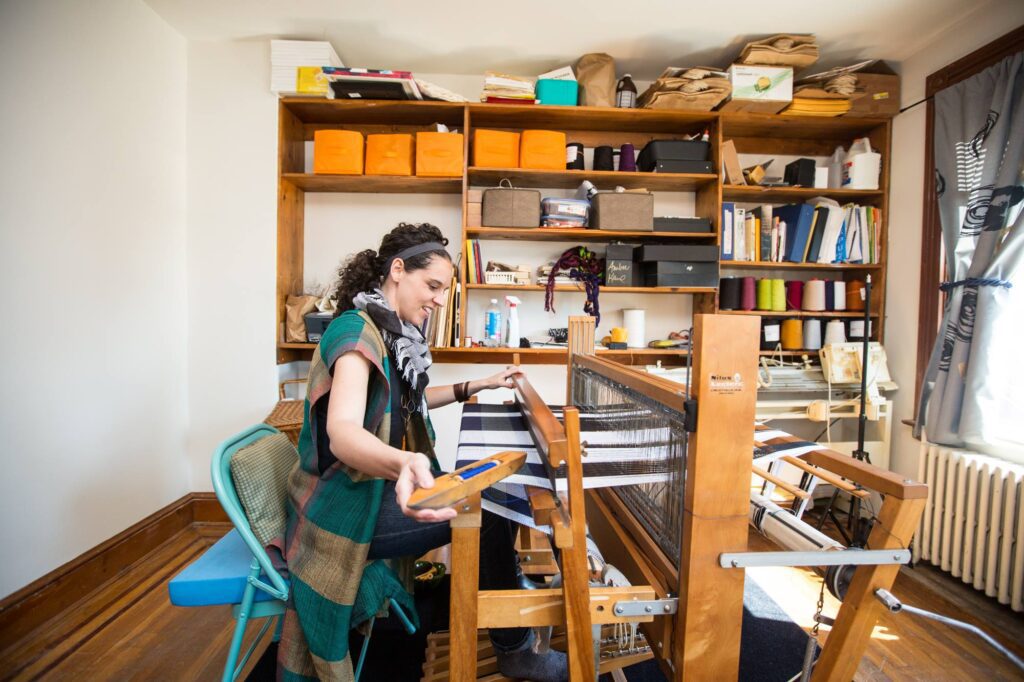
Weaving is a process that allows people of all ages and skill levels to find success, as you can make it as simple or complex as you wish. Simply adjust the materials, size, and pattern.
While textiles were my creative outlet for over 10 years, and I’m sure that they will be again, I’ve spent the last two years illustrating and publishing books. This could seem like an odd shift, however, it’s not as big of a leap as it may seem. I’ve always loved creating functional work, and did take a papermaking and bookmaking course in college.
Our creative practice is influenced by many things.
- interest
- access to materials and tools
- physical space
- time
- skill level and knowledge
My creative practice and process changed because my job and home changed. Instead of not creating anything, I adjusted to what works best in the current setting.
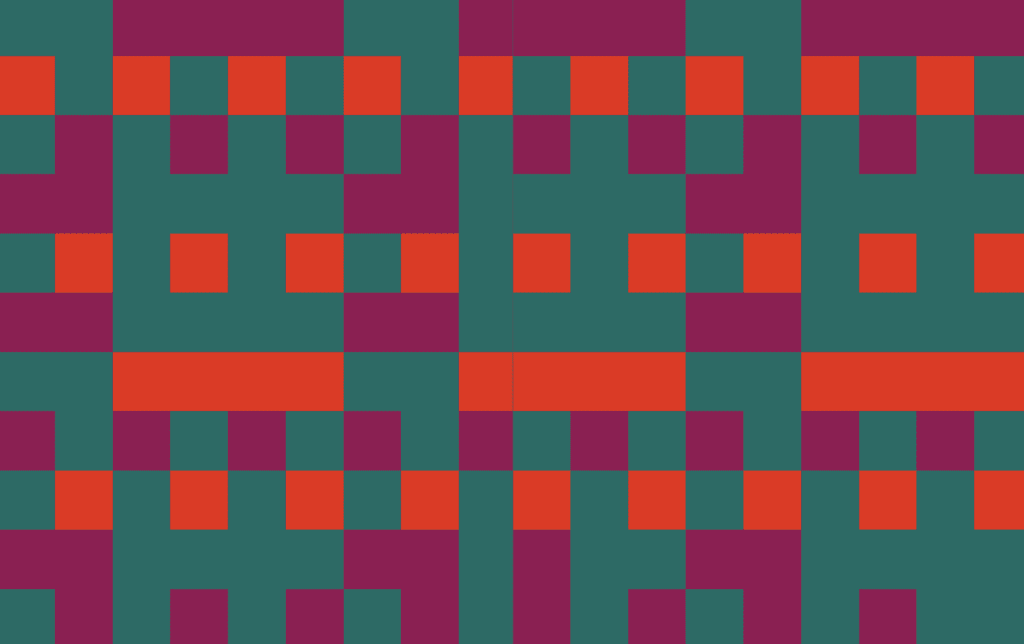
If you aren’t creating right now and you wish that you were reflect on the following:
- Has something large changed in life, that is impacting your creative process?
- Do you have a dedicated space where you can create? If not, can you make one, and make the size and process of your work fit into the space?
- What is an easier version of the past type of work that you did? Can you explore that, to help you get started?
- What are you doing to find inspiration? Ie: are you reading books, taking classes, exploring what’s around you?
There was a solid 12 months where I didn’t create because I didn’t have a space to do the work that I used to do, so I just stopped, and slowly forgot how important creating was to me. My brother asked for my help with a book prompted me to start making it again, and suddenly I remembered how much fun it was.
I didn’t need to stop creating because my life and studio space changed, I needed to adjust HOW and WHAT I created. Exploring paper weaving and creating The Weaving Book is a perfect example. The process takes up less space, the materials are inexpensive, and it’s easy for me to fit into my current lifestyle. It allows me to continue to explore my interest in fiber arts and makes it easy for me to share it with you.
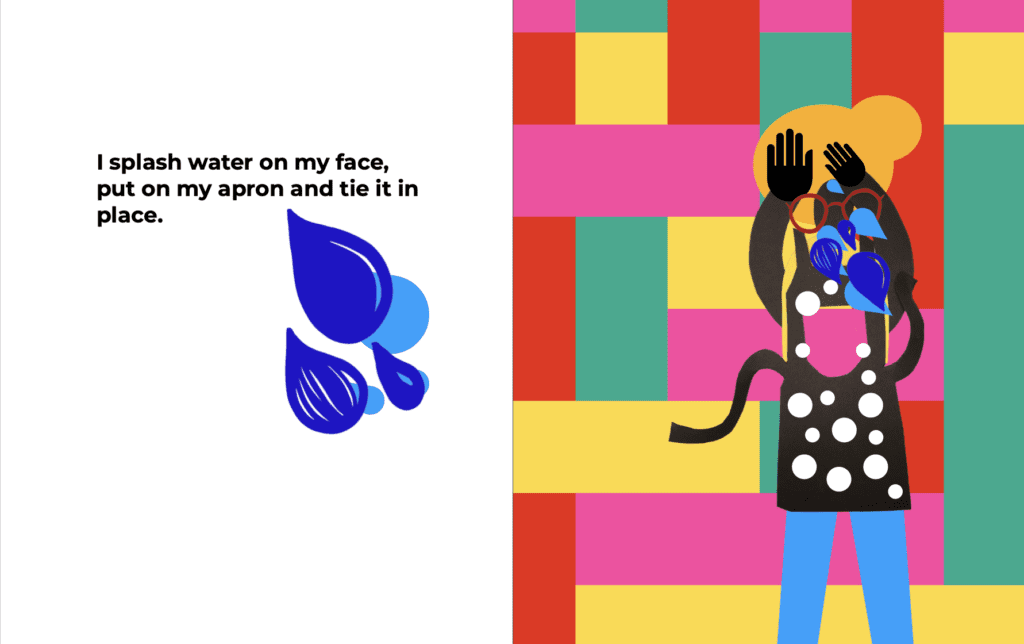
Kids, it’s time to gather your supplies, turn on your imagination, and create! This is the perfect book, to keep you entertained for hours.
The Weaving Book teaches children the steps that an artist goes through to develop ideas and solves problems, while also teaching them the fundamental steps of weaving.
The Weaving Book is filled with rhythmic words and bold bright illustrations to keep children engaged page after page.
Written and illustrated by educator and textile designer, Amber Kane, the book also includes a section with related activities to help kids learn more about designing patterns and creating endless weaving ideas.
The Weaving Book is 2 books in 1. Get a fun and engaging story + a related activities book!
- 45-page story
- 30 pages of related activities
This book is a great way to help kids tap into their imagination and put it into action, whether at home, in the classroom, or at daycare.
For schools and teachers, this book makes a great addition to your early finisher section.
The book is written and illustrated by educator, and textile designer Amber Kane. Learning how to weave unlocked Amber’s creative process and helped her to launch a business that she ran for 10 years. Weaving can be a simple repetitive and calming process. Or, it can become highly complex and filled with endless creative problems to solve.
The Weaving Book is the second in a series. Check out The Body Book, to get your kids moving.
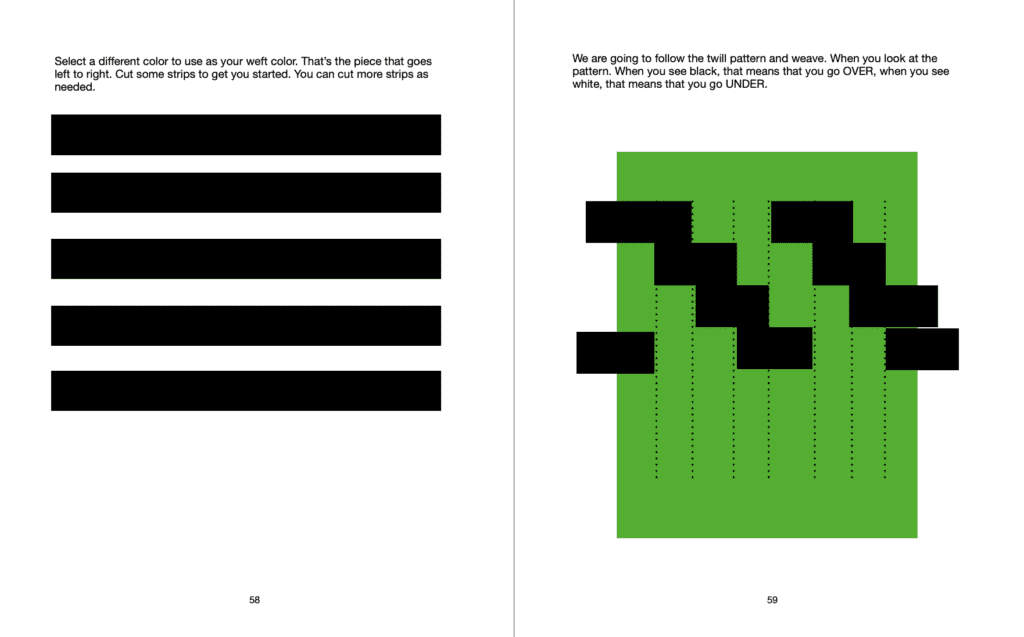
Reading and creating picture books brought my creative practice back to life and I’m hoping that it will do the same for you!
Paper Weaving Ideas
